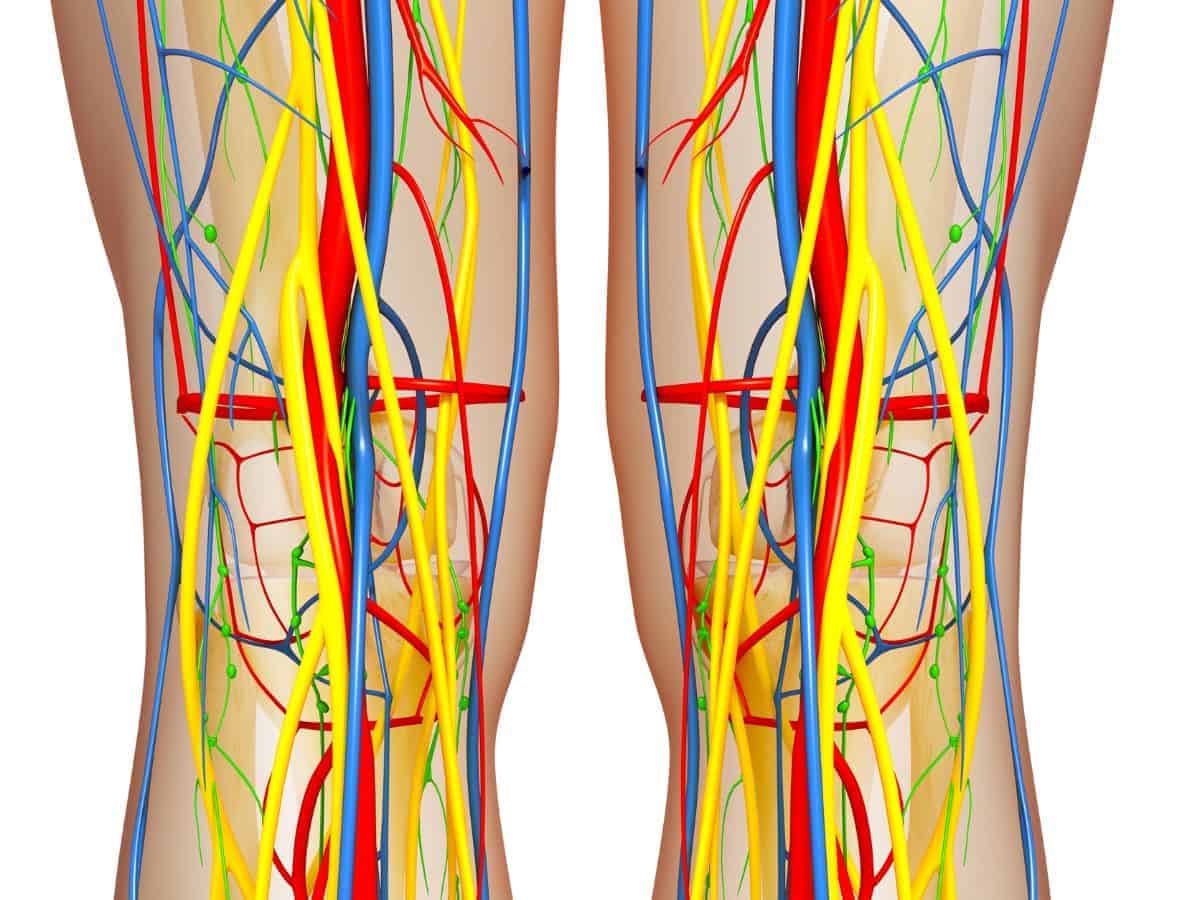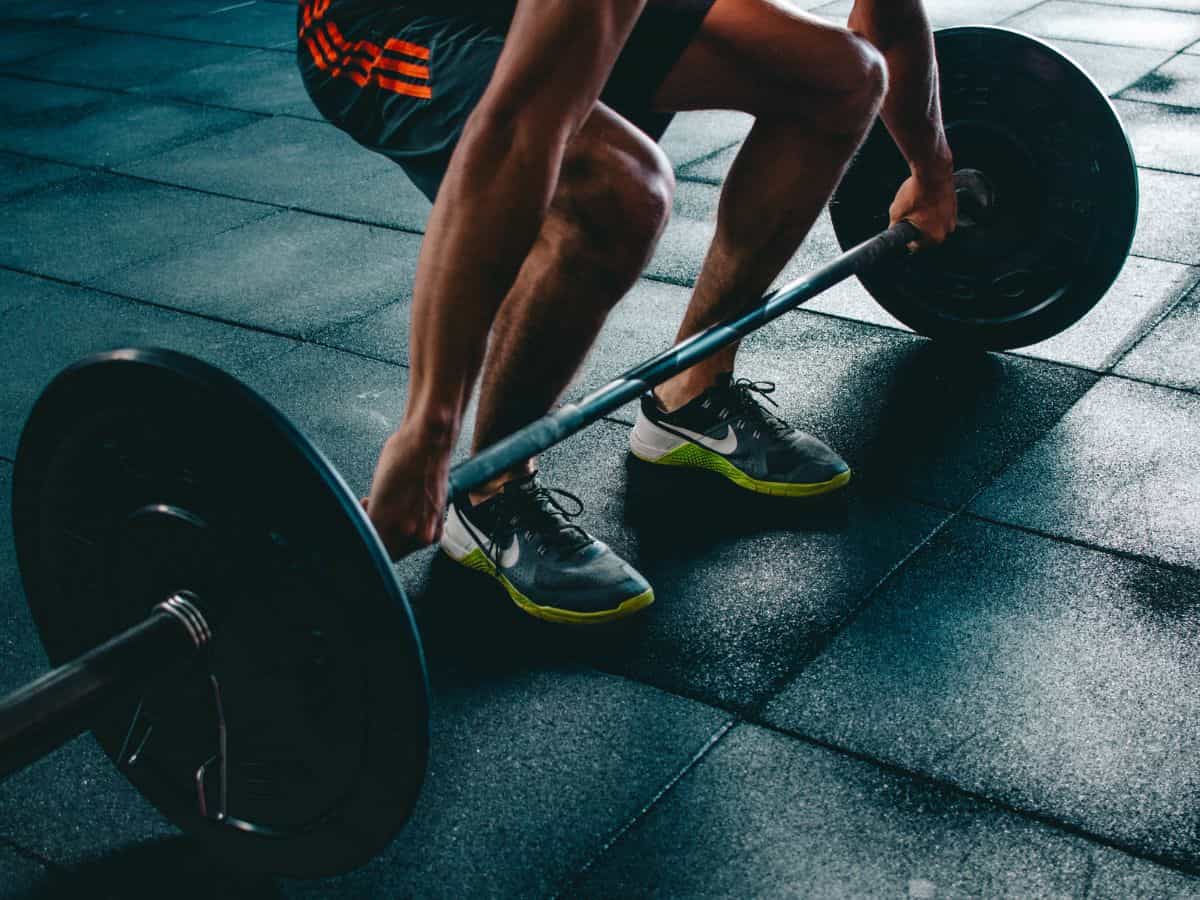
Endofibrosis of the external iliac artery: Causes, symptoms, and treatment.

Tabla de contenidos
External iliac artery endofibrosis: when your leg stops responding to you
Some athletes have to interrupt their physical exercise due to an unbearable sharp pain in one of their legs. This continuous damage, which leaves your leg practically ‘numb’ and without strength, only disappears when you stop doing sport. This condition usually originates in the pelvic area, where there is a narrowing of the external iliac artery. This causes a smaller amount of blood to flow through this area. This is known as endofibrosis of the external iliac artery. Its main consequence is the inability to practice sports at high intensity.
This pathology remains largely unknown today. However, some world cycling figures (the sport in which most cases occur) have suffered from it, such as the winner of the 2015 Vuelta a España Fabio Aru or the multiple world champion Pauline Ferrand-Prévot .
Other athletes such as long distance runners, soccer players, butterfly swimmers or rowers are also susceptible to this injury.
The paucity of scientific research on this topic complicates its treatment. Therefore, we have contacted professional experts in the field so that they can shed light on external iliac artery endofibrosis.
Endofibrosis of the external iliac artery: causes
The external iliac artery is a large artery that runs through the pelvis as a continuation of the common iliac artery and precedes the femoral artery. There is one in each leg and its main function is to irrigate that area. It is the only artery with mobility in the pelvis, presenting this characteristic in its central part while the rest lacks mobility.
Juan de Dios Beas, a specialist in sports medicine and medical director of Clínicas Beiman, points out that this type of artery is designed «for standing and not sitting», despite its mobility. Thus, an abnormal position, such as that of a cyclist when pedaling, can cause the artery to fold excessively. All this leads to a narrowing that, if repeated frequently, causes endofibrosis: «If we are constantly straining next to the artery, we can irritate it,» says Beas.
There is no need for alarm, since not all athletes who contract the psoas (muscle associated with the external iliac artery) excessively will have this problem: «The training load is important in this regard,» points out José Ramón Alvero. Alvero is a specialist in Physical Education and Sports Medicine, a professor at the University of Malaga and one of the great referents when it comes to treating this injury.
Determining the amount of training from which endofibrosis of the external iliac artery originates is highly complicated: «A person who cycles 5,000 kilometers (km) a year will probably not have endofibrosis but one who cycles 40,000 km, such as a professional, may have more possibilities». Therefore, the main causes that originate this injury are the particular anatomy of the human body and a repeated sporting gesture. For this last reason it is important to know if the exercise mechanics are correct.
Symptoms.
The most obvious symptom of suffering from this pathology is functional impotence in high-intensity exercises that force you to interrupt your sports practice. The athlete, according to Juan de Dios Beas, is forced to stop because blood does not reach the area: «The caliber of the vessel has been reduced and, at a certain level of exercise, not enough blood reaches the muscle so it cannot develop the strength the athlete needs at that moment». Interrupting the exercise allows the flow to be adjusted to the area that is damaged and to be irrigated. The specialist points out, as signs of this endofibrosis, pain and discomfort in that area.
Another evident characteristic of this lesion is that at rest there are no symptoms. It is during heavy exertion that this lack of irrigation occurs: «It is defined as a ‘leg that stops responding’,» clarifies Noelia Alonso Gómeza vascular surgeon at the Hospital Central de la Defensa Gómez-Ulla in Madrid and Clinical Professor and Doctor of the University of Alcalá de Henares (UAH).
Alonso adds another symptom of his own, which is the «impression of a large thigh during supramaximal efforts». This sensation can be verified by paying attention to whether the elastic of the pants is too tight.
Treatment
The initial treatment for external iliac artery endofibrosis is conservative. That is to say, it is tried that the athlete does not try to undergo surgery. However, Juan de Dios Beas clarifies that in elite athletes «most of the time the most appropriate option is surgery because the preventive factors have already been covered».
The preventive factors to which it refers are a decrease in the physical exercise load and a change in posture, for which the figure of the biomechanist is vital. biomechanist is vital.. «The lack of response to conservative measures or an inability to undergo activity modification is what leads to surgery,» says Noelia Alonso.
José Ramón Alvero goes further and specifies that practically all these endofibrosis have to be treated with surgery because «the artery has been narrowed», so it is necessary to repair this damage since «there are alterations in irrigation and to exercise physical work».
Noelia Alonso, a specialist in surgery, comments that the healthcare professional must be very familiar with this lesion in order to perform a correct operation and should not confuse it with iliac stenosis. Thus, she stresses that «endovascular treatment is not indicated due to the high risk of fracture of the stent (devices with a spring to widen vessels) due to the high mechanical load to which it is subjected».
Alonso points out that in the operation the plaque obstructing the artery is removed through an incision in the pelvis and a possible graft is added if necessary. Prosthetic material is contraindicated.
Recovery time
After the operation, the athlete wants to know the recovery time. Sports doctor José Ramón Alvero stresses that each case must be treated individually, although in «two or three months it is possible to return to normal training».
It should not be forgotten that the operation can have complications. For example, Alonso reminds us that «sometimes the artery cannot be freed because of the risk of damaging surrounding structures, and the patient eventually requires a bypass (detour through another artery)». This causes more cuts in the pelvis and, therefore, a longer recovery period.
What does seem clear is that the ultimate goal is that the athlete recovers normality in his or her sports practice at the highest level. Intention that seems to be achievable without problems. The best example is Fabio Aru: operated on in April 2019 and present, three months later, nothing more and nothing less than in the Tour de France.
Source: @grupoBeiman via. www.saludmasdeporte.com


